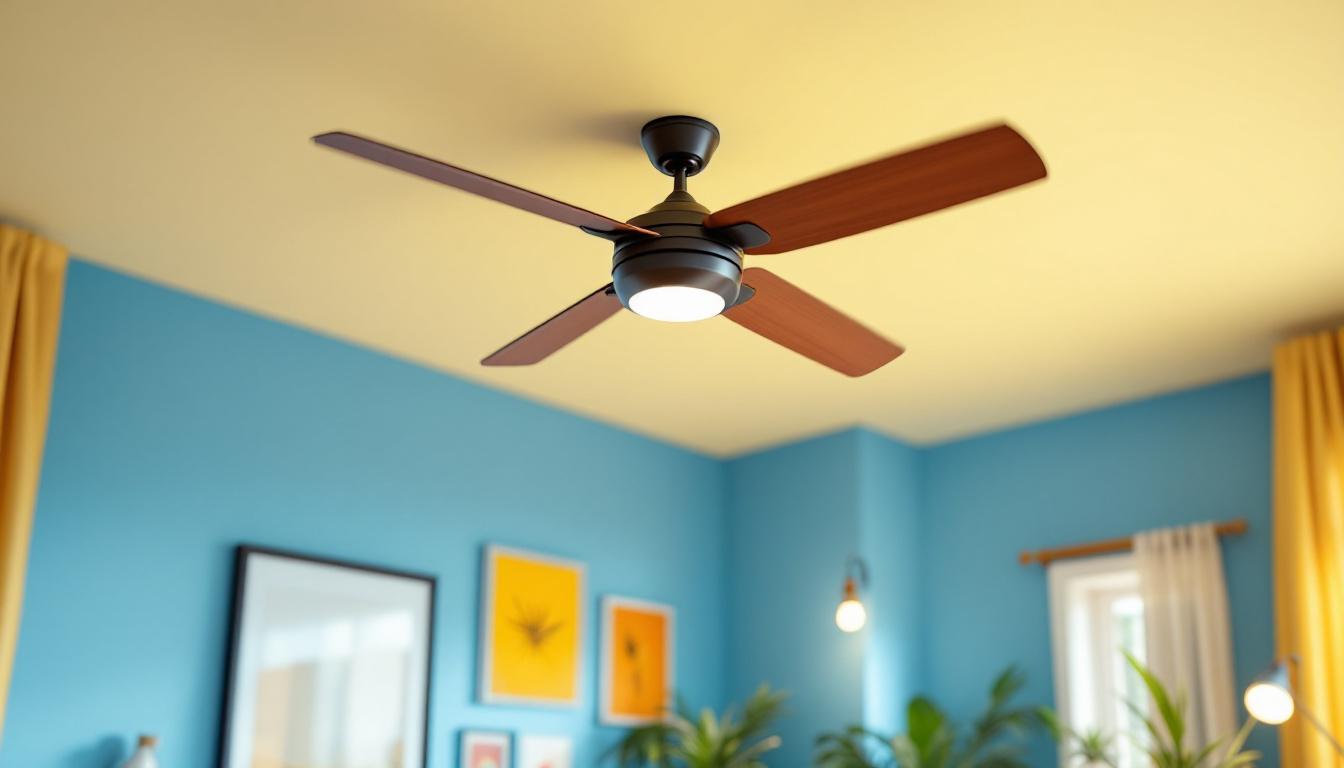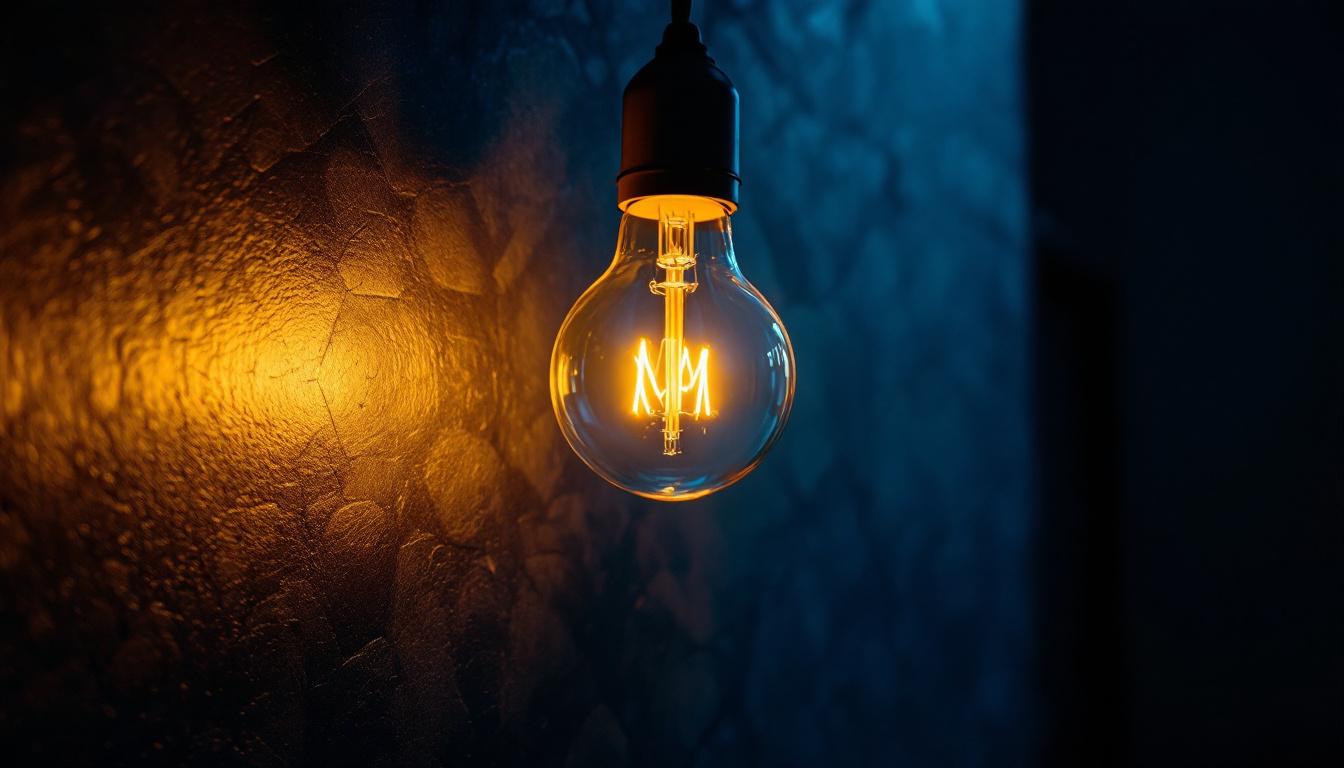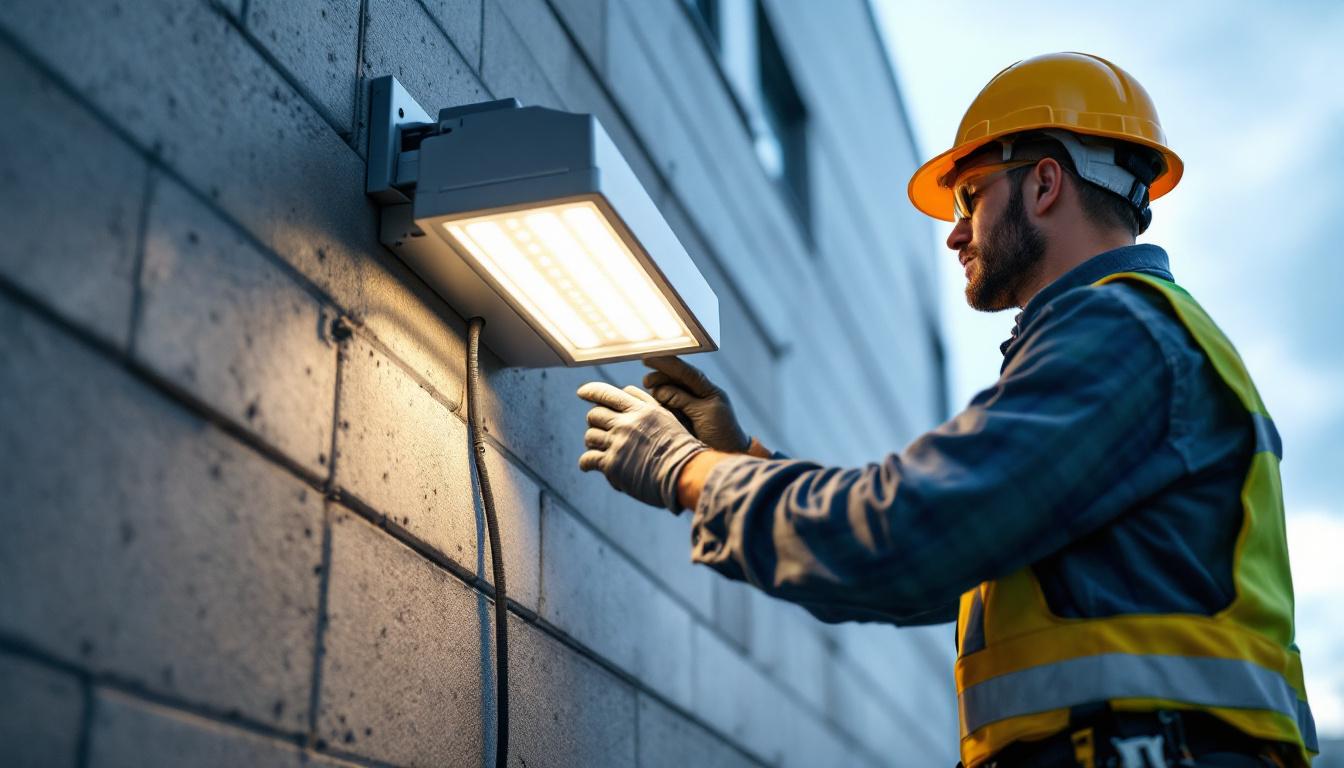
The installation of outdoor lighting systems is a crucial aspect of enhancing both safety and aesthetics in residential and commercial spaces. As a lighting contractor, understanding the intricacies of outside electrical boxes is essential for delivering quality service. This guide will delve into the types, installation processes, and best practices to ensure that your outdoor electrical installations are safe, efficient, and compliant with regulations.
Outside electrical boxes serve as the foundation for outdoor lighting systems, protecting electrical connections from environmental factors. These boxes are designed to house wiring and provide a safe environment for electrical components. Understanding the different types of electrical boxes available is key to selecting the right one for each project.
There are several types of outside electrical boxes, each designed for specific applications. The most common types include weatherproof boxes, junction boxes, and conduit bodies. Weatherproof boxes are particularly important for outdoor installations as they are designed to withstand moisture and other environmental elements.
Junction boxes, on the other hand, allow for the connection of multiple wiring circuits. They are often used when extending existing wiring or creating new circuits. Conduit bodies provide access to wiring within conduit systems, making maintenance and modifications easier. Understanding these types will help contractors make informed decisions based on the project requirements. Additionally, some boxes come with built-in features such as integrated gaskets and seals that enhance their weatherproof capabilities, ensuring that the electrical connections remain safe and functional even in harsh weather conditions.
When selecting an outside electrical box, the material is a significant factor. Common materials include plastic, fiberglass, and metal. Plastic boxes are lightweight and resistant to corrosion, making them ideal for many outdoor applications. However, they may not be suitable for areas with extreme temperatures or heavy-duty usage.
Metal boxes, while more durable, require proper grounding and may be susceptible to rust if not treated. Fiberglass boxes offer a balance between durability and resistance to environmental factors, making them a popular choice for many outdoor lighting installations. The selection of material should align with the specific environmental conditions of the installation site. For instance, in coastal areas where saltwater exposure is a concern, stainless steel or specially coated metal boxes may be recommended to prevent corrosion. Furthermore, the choice of material can also impact the overall aesthetic of the installation, as some homeowners may prefer the sleek look of metal over plastic or vice versa, depending on their outdoor decor and design preferences.
Proper installation of outside electrical boxes is critical for ensuring safety and functionality. Following best practices not only enhances the longevity of the installation but also ensures compliance with local codes and regulations.
Choosing the correct location for mounting the electrical box is paramount. It should be easily accessible for maintenance while being positioned away from direct exposure to the elements whenever possible. Additionally, the box should be mounted securely to a stable surface to prevent movement and potential damage.
When mounting, ensure that the box is level and that all screws and fasteners are tightened adequately. Using a level during installation can prevent water accumulation, which is crucial for maintaining the integrity of the electrical connections. Furthermore, consider the proximity to power sources and the intended use of the electrical box. For example, if the box will supply power to outdoor lighting, it should be located near the fixtures to minimize the length of wiring required, which can reduce potential hazards and improve efficiency.
Sealing the electrical box is essential to protect against moisture ingress. Use appropriate gaskets and sealants to ensure that all openings are adequately sealed. Weatherproof covers should be installed over the box to provide an additional layer of protection against rain, snow, and other environmental factors.
It is also advisable to use conduit fittings that are rated for outdoor use. These fittings help to prevent water from entering the conduit, further protecting the wiring inside the box. Regular inspections should be performed to ensure that seals remain intact and that no wear or damage has occurred over time. In addition to these measures, consider using corrosion-resistant materials for the box and its components, especially in coastal areas where saltwater can accelerate deterioration. This proactive approach not only extends the life of the installation but also enhances safety by reducing the risk of electrical shorts or failures due to environmental exposure.
Compliance with electrical codes is non-negotiable in any outdoor installation. Local codes may vary, but generally, they are designed to ensure safety and reliability in electrical systems. Familiarizing yourself with these codes is essential for any lighting contractor.
Each region may have specific regulations regarding the installation of electrical boxes and outdoor lighting. It is crucial to consult local building codes and regulations to ensure compliance. This may include requirements for the type of box used, the depth of burial for underground wiring, and the use of specific materials.
Failure to comply with these regulations can result in fines, rework, or even safety hazards. Therefore, staying updated on local codes and regulations should be a priority for lighting contractors. Additionally, understanding the rationale behind these codes—such as protecting against environmental factors like moisture and extreme temperatures—can help contractors make informed decisions that enhance the longevity and reliability of their installations.
In many cases, obtaining permits before beginning an outdoor lighting installation is necessary. This process often involves submitting plans to local authorities and may require inspections during and after the installation. Understanding the permit process can save time and ensure that the project proceeds smoothly.
Inspections serve as a safeguard to ensure that installations meet safety standards. It is advisable to schedule inspections at critical stages of the installation process to address any issues promptly. Moreover, being proactive about inspections can foster a better relationship with local authorities, which may lead to smoother approvals for future projects. Contractors should also keep detailed documentation of all permits and inspections, as this can be beneficial for warranty claims or in the event of any disputes regarding compliance.
While installing outside electrical boxes, contractors may encounter various challenges. Being prepared for these challenges can help ensure a smooth installation process.
Moisture is one of the biggest threats to outdoor electrical installations. Even with weatherproof boxes, moisture can still find its way in through gaps or improperly sealed connections. To combat this, it is essential to use high-quality sealants and ensure that all components are rated for outdoor use.
Additionally, installing drainage solutions around the box can help divert water away from the electrical components. This may include grading the soil or using gravel to create a drainage path. Regular maintenance checks can help identify any potential moisture issues before they become serious problems. Furthermore, incorporating a moisture barrier, such as a plastic sheeting or specialized waterproofing paint, can provide an added layer of protection against infiltration. It’s also wise to consider the local climate; in areas with heavy rainfall or snow, additional measures such as elevated installations or protective enclosures may be necessary to safeguard the electrical components from prolonged exposure to moisture.
Electrical overloads can occur when too many devices are connected to a single circuit. This can lead to tripped breakers or, worse, electrical fires. To prevent overloads, it is crucial to calculate the total load on the circuit and ensure that it does not exceed the circuit’s capacity.
Using dedicated circuits for high-wattage fixtures can help distribute the load more evenly. Additionally, installing circuit breakers that are appropriate for outdoor use can provide an extra layer of protection against overloads. It is also beneficial to educate clients on the importance of monitoring their power usage and recognizing the signs of overload, such as flickering lights or warm outlets. Implementing smart technology, like energy monitoring systems, can further assist in tracking power consumption and alerting homeowners to potential overload situations before they escalate. This proactive approach not only enhances safety but also promotes energy efficiency in outdoor electrical systems.
Regular maintenance is vital for the longevity and safety of outdoor electrical installations. Establishing a maintenance routine can help identify potential issues before they escalate.
Conducting routine inspections of outside electrical boxes should be part of any maintenance plan. Look for signs of wear, corrosion, or damage to the box and its components. Pay special attention to seals and gaskets, as these can degrade over time and allow moisture to enter.
Inspecting the wiring for frays or damage is also crucial. Any signs of wear should be addressed immediately to prevent safety hazards. Keeping a maintenance log can help track inspections and repairs, ensuring nothing is overlooked.
Cleaning the exterior of outside electrical boxes can prevent the buildup of dirt and debris, which can lead to corrosion. Use a soft cloth and mild detergent to clean the box, avoiding harsh chemicals that may damage the material.
Additionally, keep the surrounding area clear of vegetation that could obstruct access or create moisture issues. Regular landscaping maintenance can help ensure that the electrical box remains accessible and protected from environmental factors.
Understanding the intricacies of outside electrical boxes is essential for lighting contractors looking to deliver high-quality installations. From selecting the right type of box to ensuring compliance with local codes, each step in the process is crucial for creating safe and effective outdoor lighting systems.
By following best practices for installation and maintenance, contractors can enhance the longevity of their work and provide clients with reliable outdoor lighting solutions. As the demand for outdoor lighting continues to grow, staying informed about the latest trends and technologies will further position contractors for success in this evolving field.
Ready to elevate your outdoor lighting installations with the highest quality electrical boxes and lighting products? Look no further than LumenWholesale, where we provide contractors with spec-grade lighting essentials at unbeatable wholesale prices. Our extensive selection is designed to meet the highest industry standards, ensuring every project shines with reliability and performance. Plus, with free shipping on bulk orders, you can stock up on superior lighting solutions without the worry of hidden fees or inflated costs. Make your next outdoor lighting project a standout success. Visit LumenWholesale today for the best value in wholesale lighting.

Discover the essentials of wall-mounted ceiling fans with our comprehensive guide tailored for lighting contractors.

Discover the essential role of Type B light bulbs in modern lighting installations.

Explore how LED canned lighting revolutionizes energy efficiency in homes and businesses.

Discover why Wall Pack LED Light Fixtures are essential for lighting contractors.